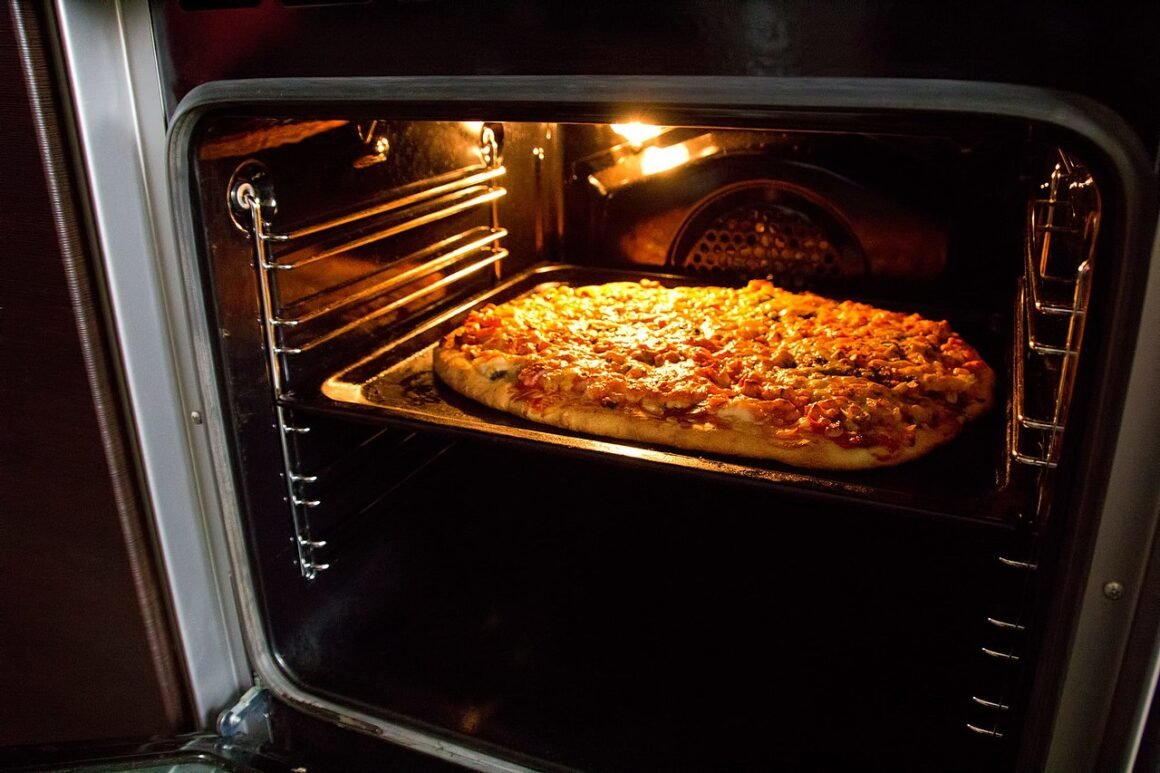Table of Contents Show
The bakery business is always profitable. Desserts are probably the favorite course of a meal for several people around the world. Bakeries and confectionaries face heavy foot traffic globally, as most people get a sweet tooth from time to time.
One of the most significant investments when starting a bakery is a commercial oven. Commercial ovens or baker’s ovens use convection current for baking goods.
These are heavy-duty ovens used to bake multiple batches simultaneously. Before committing to one oven, here are the features one should check.

Thoroughly Checking a Commercial Oven
There are a few crucial components that a baker has to check beforehand:
The Timer
The timer is an essential component. Manual timers have a beep or ding sound that alerts when the manually set time is over. But commercial ovens also come with digital timers that can switch the oven off once the set time is up.
This timer ensures the food isn’t overbaked or burnt and allows the baker to concentrate on the other tasks in the kitchen.
The Oven Doors
Solid oven doors, usually made of steel, ensure minimal heat loss. But every time the baker opens the door to look inside, it allows the heat out. Essentially, this means the food will not stay hot for long.
Having glass doors will enable bakers to check on the food without opening the door. Today, bakers can purchase ovens with glass doors that offer low emissions. This glass holds the heat within, keeping the food hot for longer.
Oven Racks
The oven racks support the food that is inside the oven. The shelves must move smoothly in and out of the oven to ensure accidents don’t happen.
Additionally, there should be a range of rack options that allows the baker to place the food farther or closer to the heating component. The racks should also help the baker bake as many items in a batch as possible.
Read Also:
The Two Types of Commercial Ovens
Bakers should decide beforehand which oven will suit their business model.
Electric Oven
An electric convection oven offers the most sustained temperatures for evenly cooked or baked food. However, they may cause electric spikes every time they power on, so people should ensure this oven is on a separate line to ensure the bakery doesn’t face an outage.
Electric ovens also require lesser effort while cleaning than gas ovens. However, electric ovens do draw a lot of power; in areas where power costs are high, people might end up spending an enormous amount on their power bills.
Gas Oven
Gas ovens run on gas, and their financial consumption depends on the area’s gas prices. They are more cost-efficient than electric ovens. But cleaning a gas oven is tedious. The gas pipe might get blocked with the build-up of deposits and other debris.
It could lead to pressure build-up and an explosion. Bakers have to be mindful and stick to the recommended cleaning schedule. But in the longer run, these ovens consume lesser financial resources.
Deciding on Size
Three primary factors influence the decision of size.
Space
Small bakeries or start-up confectionaries should consider going for smaller ovens, which will fit their floor plan or kitchen space.
Financial Resources
The larger the commercial oven, the more the cost. Bakers should consider available models to find the one that fits their budget. They also have to buy other necessary equipment.
The Menu
Finally, bakers should have a clear vision of what their establishment will offer on the menu. They will have to assess the prime manner of operation depending on available resources (capital, human resources, available equipment).










